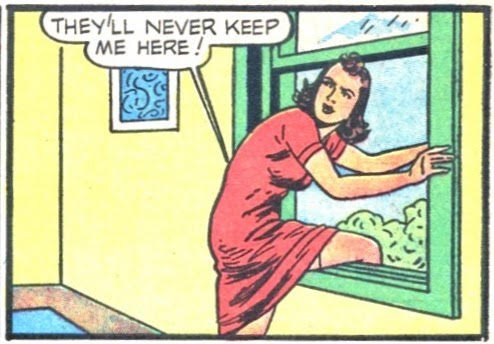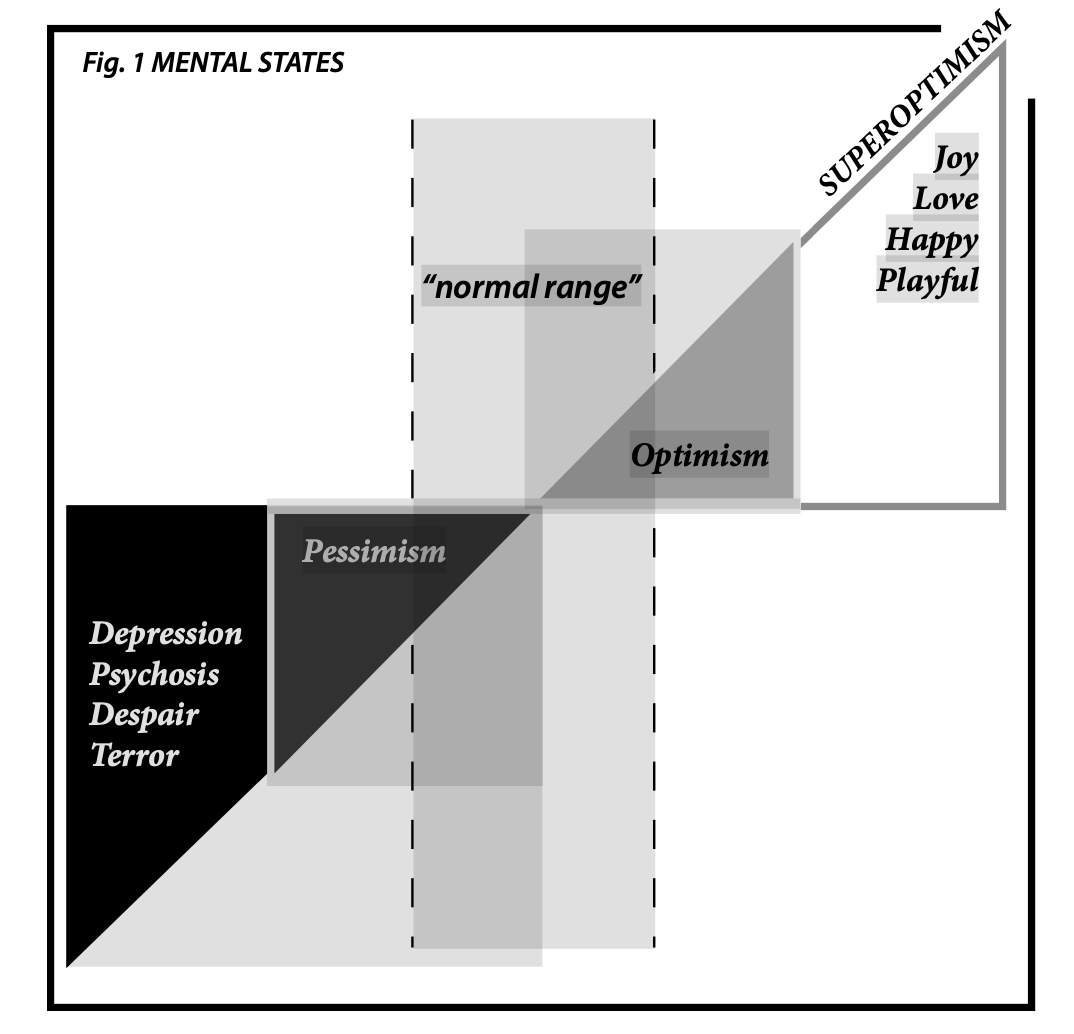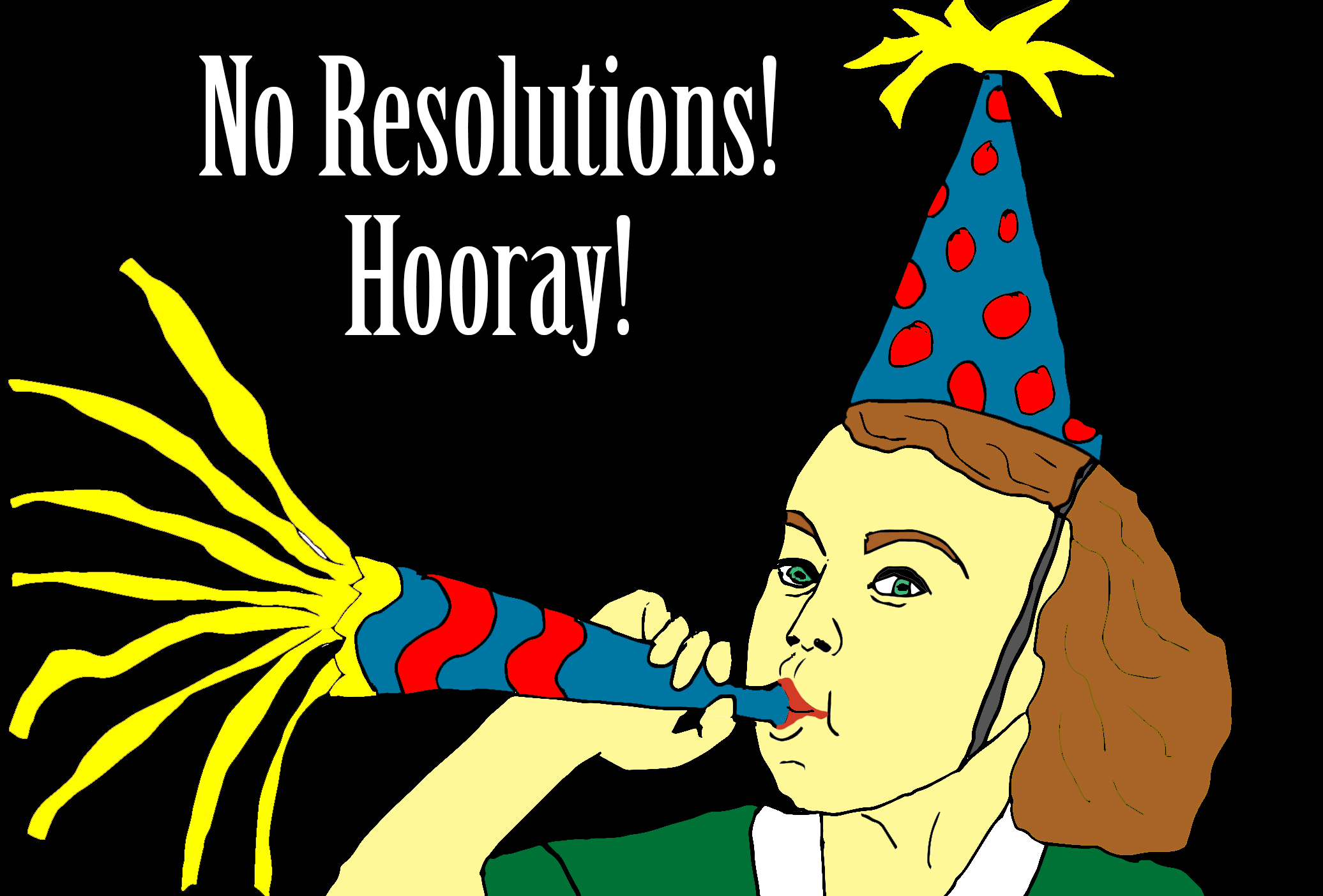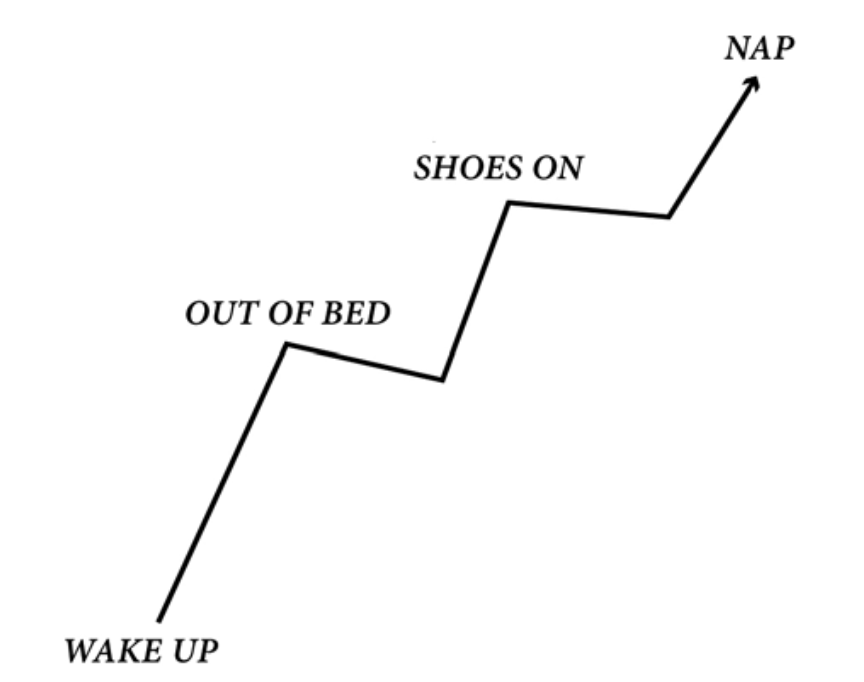Do you long for a deeper connection with yourself and the world around you? Why not start by transforming your daily grooming habits into a profound spiritual practice?
Take shaving as an example. Shaving one’s face in the morning is often seen as a tedious task, a routine to be rushed through, even a burden to be endured. But it doesn’t have to be. That’s why SuperOptimists have gravitated to the practice of “Happy Shave!” By infusing your shaving routine with intention, gratitude, and joy, you can elevate it from a mundane task to a meaningful spiritual practice.
The spiritual dimension of “Happy Shave” lies in its ability to foster mindfulness and presence. Shaving is not just about removing hair from your face or body. With its repetitive and rhythmic motions, shaving provides an ideal opportunity to slow down, focus on the sensations, and truly immerse yourself in the experience. Glide the razor across your skin. Feel the warmth of the water, the scent of the shaving cream, the smoothness of the blade. Each stroke becomes an act of self-care and compassion.
The physical benefits of “Happy Shave” are also worth noting. Shaving is not just about aesthetics; it can also have a positive impact on your skin and overall well-being. Regular shaving can exfoliate the skin, removing dead cells and promoting a healthy glow. It can also improve the texture of your skin, making it smoother and softer to the touch. Shaving can also help to prevent ingrown hairs, reduce irritation, and provide a clean canvas for skincare products to penetrate and work effectively. Taking care of your skin through “Happy Shave” can be a form of self-love and self-care, promoting a healthy and vibrant complexion.
“Happy Shave” is an opportunity to start with a clean slate and set the tone for the day. It can go beyond razoring your face. Consider creating a ritual that aligns with your personal beliefs and values. This could include lighting a candle, saying a prayer, or simply taking a few deep breaths to center yourself. By infusing your shave with intention, you are not only caring for your physical appearance but also nurturing your soul. We hope you enjoy exploring the spiritual, physical, and mental benefits of shaving with this newfound perspective.




 Later, after Superman had become a success, the pair tried to void the contract. No dice. Eventually after more legal hassles, the comic book company used other artists and writers to create new Superman stories, and removed Joe’s name from the title altogether.
Later, after Superman had become a success, the pair tried to void the contract. No dice. Eventually after more legal hassles, the comic book company used other artists and writers to create new Superman stories, and removed Joe’s name from the title altogether.














